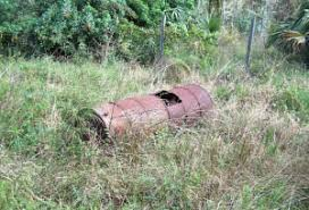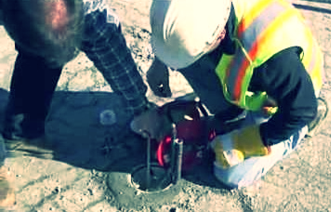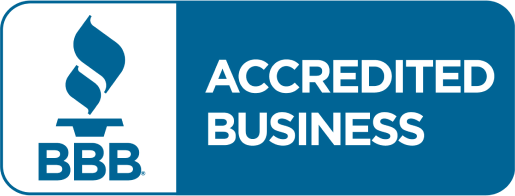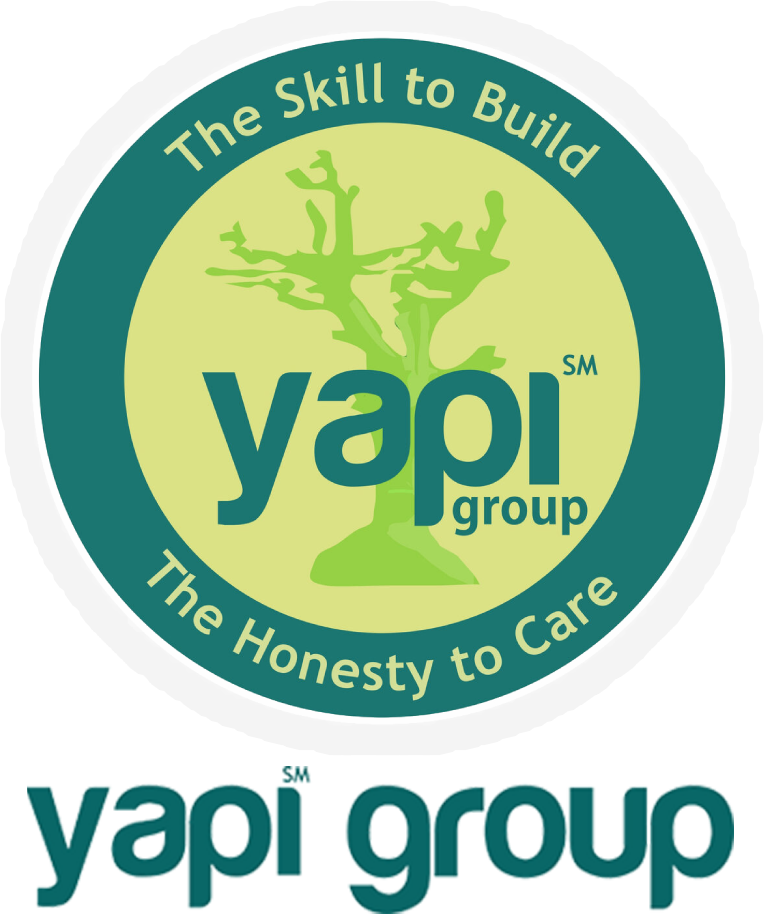Phase-I & Phase-Ii Environmental Site Assessments
YAPI GROUP Environmental regularly performs Phase-I and Phase-II environmental site assessments for our clientele. This due diligence affords them liability protection under the American Society for Testing and Materials with ASTM E1527-13 designation. We use in-depth site investigation, personal interviews, and historical research to uncover potential contamination or other environmental conditions on a subject site.
We use the ASTM E1527-13 standard to prepare our reports, and we are more than happy to tailor our research to focus on the client's specific concerns. We do mostly serve the following industries:
We are used to working under tight deadlines. Even if you have waited until the last minute to schedule Phase I and Phase II environmental site assessments, call us.

PHASE-I ENVIRONMENTAL SITE ASSESSMENTS
YAPI GROUP's Environmental Consultants team reviews the site records and performs a site visit for the inspection. We conduct interviews with owners, occupants, neighbors, and local government officials. Our Phase-I assessment also includes sampling and laboratory analysis by environmental professionals trained in the appropriate standards. Depending on the results of the samples, the Phase-II ESA should outline additional site investigation needs and potential remedial actions that may be required to clean up the property.
YAPI GROUP performs a complete comprehensive Environmental Site Assessment (ESA) in accordance with the (1) United States Environmental Protection Agency (USEPA) Standards and Practices for All Appropriate Inquiries {(AAI), 40 CFR Part 312} and (2) guidelines established by the American Society for Testing and Materials (ASTM) in the Standard Practice for Environmental Site Assessments: Phase-I Environmental Site Assessment Process / Designation E1527-13 (ASTM Standard Practice E1527-13): Phase-I Environmental Site Assessment may be used for real estate transactions, property development, bank financing, re-financing, foreclosures, and other in-house proactive audit programs.
The purpose of a Phase-I Environmental Site Assessment is to gather sufficient information to develop an independent professional opinion about the environmental condition of the property and to identify actual or potential environmental contamination which may impact the property value or affect the claim to an "innocent landowner" exemption following the acquisition.
Our Phase-I ESA Services include the following;



PHASE-II ENVIRONMENTAL SITE ASSESSMENTS
Should a Phase-I ESA report identify potential contamination of the site by hazardous materials, a Phase-II ESA would be a must. The Phase-II ESA usually includes sampling and laboratory analysis to confirm the presence of hazardous materials.
Some of the tests may be performed:
MOLD ASSESSMENT
YAPI GROUP'S MOLD ASSESSMENT SERVICES
We offer limited assessments and testing to meet the needs of our clients when full assessments and/or investigations may not be a viable option.
YAPI GROUP project managers can provide an effective plan for the remediation or decontamination of any size or type of building. Abating affected building materials, in conjunction with the corrective actions associated with moisture intrusion, is the goal of any mold abatement activity. The extent of removal, the engineering controls to be used, worker protection, and the clean-up procedures are strategies that must be developed, typically on a site-specific basis.
We offer environmental oversight during mold remediation projects, including pre-and post-remediation bio-aerosol sampling. During the remediation process, trained specialists can monitor the project to help ensure safety and industrial hygiene and that the project stays within budget and on schedule. Titan can also assist in selecting an experienced, qualified mold remediation contractor.
Addressing Potential Mold Exposures


MOLD REMEDIATION
YAPI GROUP'S MOLD REMEDIATION SERVICES
YAPI GROUP's Mold pertinent services help clients address mold contamination concerns quickly by offering the blend of expertise needed to develop responsible, cost-effective Mold Removal solutions that make sense for each client. With a highly qualified team of mold investigation experts and more than a decade of experience solving indoor air problems, YAPI GROUP is leading in the field of mold investigation and mold removal design. Our extensive practical experience, combined with a strong base of biological and structural expertise, helps ensure mold contamination issues are addressed properly, greatly minimizing each client's financial risk.
Living in hot, humid surroundings, especially during rainy and hurricane seasons, make perfect conditions for mold contamination in our state. Mold remediation in Florida and warmer climates is a pressing topic for property owners. Toxic forms of mold have been contaminating homes and commercial properties for years, needlessly costing millions in mold remediation and related expenses, loss of property, and health-related claims. These risks can be greatly reduced with immediate action, which is why choosing a consultant who has experience with mold remediation in Florida and also can offer you a quick response and the expertise to address all the aspects of your indoor environment is vital.
YAPI GROUP has the knowledge and experience as a provider of mold remediation services in Florida for over two-decade; you can count on us for superior service.
We follow strict, safe, and appropriate guidelines when addressing any mold or potential mold exposures. Identification, containment, proper protocols, and remediation are keys to handling any mold exposure. Quick reaction is the key to containing or preventing the exposure of mold, especially in the event of a water loss. Every situation of mold is different from another, and Jarvis will provide a solution that addresses unique exposures. Our team has extensive experience in mold remediation in both commercial and residential properties. When dealing with a mold problem, it is critically important to work with an experienced and well-seasoned company that follows set protocols and guidelines to help ensure the safe removal and disposal of contaminated areas. We will work directly with you or your insurance company at your preference.
If you encounter mold smells or visibly see black wall mold, attic mold, sheetrock mold, or other types of drywall water damage, you may simply contact one of our Mold Assessment & Remediation professionals at (305) 280-0000 or (954) 280-0000.
Following water damage, mold has the capability of becoming unmanageable quickly, spreading at a rapid pace and often requiring mold repair remediation if not addressed immediately. If not removed properly, sheetrock mold can spread like dust throughout your entire property. Allergic reactions may happen immediately or develop after a period of time following exposure also, and some mold produces toxic substances. And the larger the mold problem, the more costly the clean-up or repair.
Mold smells, and its growth can occur 24-to-48 hours from the initial wetting period. If mold damage repair is not addressed by a mold damage mitigation service in an efficient and effective manner, structural discrepancies in your home or commercial building are likely to occur and are frequently accompanied by serious or long-term health conditions.
In some cases, people may develop severe reactions to mold exposure. Symptoms of severe reactions include fever and difficulty breathing. People with compromised immune systems or those with chronic lung disease can develop serious infections of the lungs due to mold.
As a prominent Mold Remediation Company, YAPI GROUP will tell you that immediate clean-up and removal are required to avoid extensive mold damage repairs. If the presence of moisture is noted, drying should take place immediately to minimize the probability of mold growth. If your property has sustained recent water damage, it is imperative that a mold damage removal service extracts the water and dries the structure without delay. And certain precautions should not be overlooked while mold remediation is in effect.

HOW DOES WATER AND FLOOD DAMAGE AFFECT MOLD GROWTH?
Temperature
Mold encountered in flood or water-damaged environments grows best at room temperature.
Light
It is a myth that mold will grow only in dark environments. Usually, mold grows better in the dark because there is more moisture available. However, many molds will begin disseminating their spores when they are exposed to light.
Nutrients
Cellulose is a preferred nutrient for mold growth. Examples include carpet, wood, trim, dust/dirt, and drywall. Not only does mold use building materials for nutrients, but it also compromises its structural integrity.
Water
Water is the most crucial factor in mold growth. Every species of mold requires a different amount of available moisture in order to grow.
RADON MEASUREMENTS & RADON MITIGATION
YAPI GROUP'S FULL RADON SERVICES ARE A CALL AWAY @ (305) 280-0000. You can also email us @ [email protected]
Radon is a colorless, odorless, tasteless radioactive gas that's formed during the natural breakdown of uranium in soil, rock, and water. Radon exits the ground and can seep into your home through cracks and holes in the foundation. Radon gas can also contaminate well water.
Health officials have determined that radon gas is a carcinogen that can cause lung cancer. Studies show that radon is more of a risk to smokers, but nonsmokers have a slightly elevated chance of developing lung cancer when radon levels in the home are high. The only way to find out if your house contains radon gas is to perform radon tests.

EPA Radon Studies
The EPA offers a look at what they believe to be the risks of radon at different concentrations for 1,000 people who smoked and were consistently exposed to a certain level of radon during their lifetimes.
EPA Radon Studies
The EPA offers a look at what they believe to be the risks of radon at different concentrations for 1,000 people who smoked and were consistently exposed to a certain level of radon during their lifetimes.
Radon Risks for Smokers
Radon Risks for Nonsmokers
Acceptable Radon Levels
The Environmental Protection Agency, EPA, recommends you install a system to reduce radon gas in your home if the level of gas is 4 picocuries of radon per liter (pCi/L) or higher.
Facts about Radon Gas
ASBESTOS CONSULTING SERVICES
YAPI GROUP'S ASBESTOS CONSULTING SERVICES
Lead & LBP
YAPI GROUP'S LEAD-BASED PAINT CONSULTING SERVICES
The YAPI GROUP team of industrial hygienists is highly experienced in locating the potential sources of water intrusion, identifying the location and type of mold growth, developing plans to remove mold contamination, and working with qualified contractors to ensure that buildings are remediated properly.
We take a comprehensive approach to performing mold investigations, as many different factors must be considered when trying to identify the source of contamination. A thorough building and occupant history, followed by a detailed visual inspection to identify sources and conditions, form the basis of the investigation. Clear objectives and criteria are established before any sampling or analysis is undertaken to ensure that useful and sensible data is generated in the complex arena of mold contamination. A wide variety of field tools are used to help sample and identify the types of mold and the extent of mold contamination.

